From the 1968 student riots to protests over the Iraq war, ‘activism’ has always been with us, but more recently it’s become a standout cultural phenomenon. Why is this and how does it affect OEMs and car design?
The Oxford English Dictionary defines activism as “the use of vigorous campaigning to bring about political or social change”. Its popularity can be put down to three factors. Firstly, people increasingly believe that governments and big businesses are not doing enough to improve the lives of a diverse range of communities and protect the environment, so are standing up to hold them to account.
Secondly, social media is enabling more people to engage with important causes. In America, half of users say they are politically active, and worldwide, younger people are particularly resolved to making a difference with 70% of Generation Z (those born between the mid-1990s and early 2010s) saying they tackle injustices. Thirdly, young influencers like Greta Thunberg are inspiring kids to participate in marches and boycotts.

In the UK alone, a quarter of Generation Alpha (people who have just reached their teenage years or younger) have been on a demonstration, and half of parents think they will succeed in fixing the systemic problems that other generations have failed to address. Activism looks likely to remain an important aspect of life in many parts of the world—and activists have OEMs firmly in their sights.
Anti-Car Activism
Anti-car sentiment has been building for some time. Following World War Two, General Motors’ Motoramas criss-crossed America for over a decade and seemingly epitomised its love affair with the internal combustion engine, but not everyone was happy with the rise of the automobile:
“All over America in the 1950s and 1960s, residents, particularly women, organised demonstrations against car traffic. They demanded slower driving, usually seeking stop signs, streetlights, or crossing guards.”

In the 1970s, direct action against motor vehicles spread to Europe. We now think of Holland as a bicycle-friendly nation, but back then Dutch residential areas were geared towards car travel. The Stop de Kindermoord (Stop the Child Murder) movement - which was set up in response to the death of a young girl in a road traffic incident - has led to a complete reversal of Dutch urban design policy to protect pedestrians and cyclists.
In the same decade, the German lawyer-turned-graphic designer Klaus Staeck began creating flyers and posters to highlight what he saw as the role the car industry was playing in both damaging the environment and promoting voracious consumerism. Staeck became famous for using the kind of imagery that featured in genuine OEM advertisements and combining it with satirical car-bashing text. A particularly dark poster from 1987 features a photo of an undercarriage with the sentence above reading “Car from the perspective of a traffic victim”.
Following in Staeck’s footsteps, legions of activists have made a point of using posters to attack OEMs. In 2023, spoof BMW and Toyota adverts sprung up on billboards and bus stops across Europe to coincide with the opening of the 100th Brussels Motor Show. Brandalism, the collective responsible for the stunt, says these companies are building too many ICE vehicles and not enough EVs. One design features a Toyota RAV4, underneath which human skulls bob along a river of blood. The accompanying text reads “LET’S RUIN EVERYTHING”.
But producing more EVs doesn’t seem to let OEMs off the hook. In March 2024, Extinction Rebellion, the headline-grabbing climate-change group which has previously disrupted events including London Fashion Week, hijacked the opening ceremony of the New York International Auto Show. Protestors cited the resources that go into building EVs, saying they are not the answer to tackling the climate emergency:
“The construction of electric vehicles is as carbon-intensive, if not more so, than that of conventional cars powered by fossil fuels.” (10)
Protests – and increasingly lawsuits – against OEMs will undoubtedly continue to be a regular occurrence, but far from taking this lying down, automakers are communicating their own activist agendas.
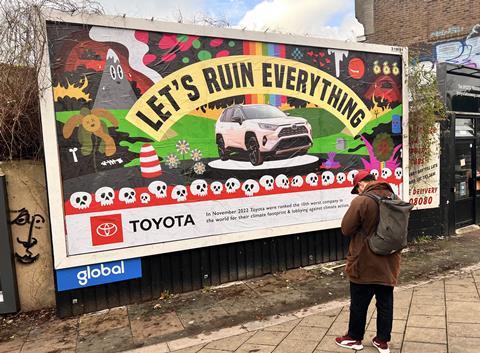
OEMs as Activist Organisations
As well as calling brands out on social media, people are increasingly boycotting companies they see as being unethical. Of all age groups, Baby Boomers (individuals born between the end of World War Two and the mid-1960s) are the most likely to be flush with disposable income so their spending habits count for a lot. A quarter refuse to buy brands with questionable values. Younger people though are far more likely to seek out companies that take a stand, with three quarters of Gen Z routinely making ethical purchases.
Fledgling Renault Group marque Mobilize makes an emphatic announcement, the most explicit of any automaker to date. Mobilize is “an activist brand”
Such consumer behaviour has had a marked influence on corporate strategy, with the communication giant Edelman noticing: “a clear signpost for business and brands to ensure they step up and use their commercial and communicative power to make a difference. This isn’t a nice to do… it’s expected.”
In response, OEMs are partnering with charities, not-for-profits, role models, and – of course – celebrities to work on, and donate to, a very wide range of good causes. Through its One Young World program, Audi, in collaboration with musician Sir Bob Geldof, has highlighted young people’s mental health; Stellantis brands Fiat, Ram and Jeep have donated millions of dollars to support “life-saving programs where injustice has enabled pandemics to thrive” ; the ‘Volvo For Life’ fund provides humanitarian aid and disaster relief; Geely’s wonderfully named ‘Timely Rain’ initiative aims to improve the lives of impoverished rural communities in China; Mercedes-Benz prides itself on fighting racism and religious discrimination (Mercedes-Benz). The list goes on.
Effective storytelling helps to get the activism message across, and narratives created by OEMs can be particularly focused when linked to their history. Leveraging its roots lets Skoda form a tangible link between the past and the role it plays in tackling today’s gender-based issues. Skoda started life making push bikes, and in 2024 referred to this legacy when campaigning to encourage more females to get in the saddle: “Cycling is a huge part of Škoda’s history. After all, we started as a bike manufacturer all the way back in 1895. But we’re not ones for dwelling too much on the past, find out more about cycling and how Škoda is helping to revolutionise the sport.”

Conversely, having no history presents a fantastic opportunity to write baggage-free rules on how a company should behave. Beneath a photo of two approving Zoomers, the fledgling Renault Group marque Mobilize makes an emphatic announcement, the most explicit of any automaker to date. Mobilize is “an activist brand”: “We all have a responsibility to make the transition to carbon neutrality and this is a key focus of Mobilize’s activity.” It’s clear that Mobilize aims to woo people who are unhappy with the way the industry has traditionally operated.
The Oli is the automotive equivalent of the Slow Food Movement
What About Car Design?
Including recycled materials is the obvious place for OEMs to dip a toe into the world of activist design, but activism is of course far more than about working to meet sustainability goals.
![]()
So far, Citroen has done more than any OEM to venture into activist car design. Featuring a sedate maximum speed of 68 MPH (109 KM/HR), stripped-back in-car tech and an interior brimming with mono-materials, the Oli concept from 2022 invites us to be content with less as a way of embracing a more authentic way of being. Through this, the Oli tackles dominant narratives on consumerism:
“Citroën believes the time is right to say ‘enough’ to the trend for excess and expense and to focus instead on creating pure, honest vehicles that are lighter, less complicated and truly affordable, as well as inventive and joyful.”
OEMs will continue to compete for customers who increasingly demand that they take a stand on geopolitics and societal issues, and it will be fascinating to see how the relationship between individual brands and activism plays out in the coming years
There’s a political dimension to the Oli’s design. Echoing the 1970s campaign to make Dutch cities less car-centric, Citroen turns the quirky SUV’s recycled carboard roof into a social space that invites users to reclaim the streets in a positive and playful way.
The Oli is the automotive equivalent of the Slow Food Movement, the push to wean us off fast food wolfed down in front of a phone and replace it with real fodder containing real ingredients to be enjoyed at leisure with real people. But although food markets selling honest grub have exploded in popularity, our streets aren’t lined with cars that challenge power and authority in its many forms. Perhaps homogenisation and cost-cutting mean that it is impractical to make much room for activist design beyond thought-provoking concepts?
A Backlash In Sight?
To complicate matters, we’re beginning to see a reaction against activism in both politics and popular culture, and this may be starting to influence how the car industry responds to its critics. Elon Musk, Tesla’s ever-present CEO, has emerged as a prominent right-wing figure and recent adverts for Jeep and Volvo have focused on narrating traditional, conservative values.
OEMs will continue to compete for customers who increasingly demand that they take a stand on geopolitics and societal issues, and it will be fascinating to see how the relationship between individual brands and activism plays out in the coming years.

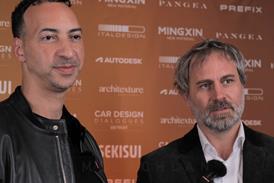

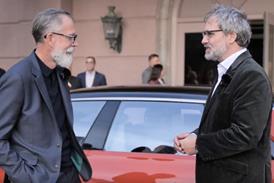
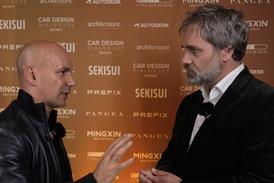


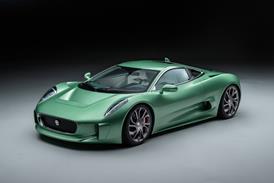
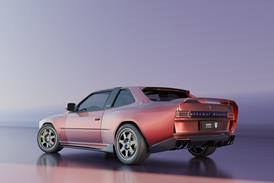

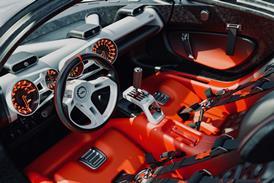



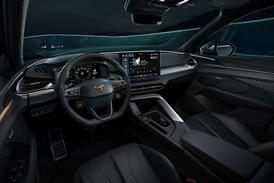




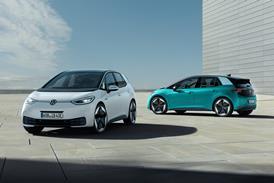


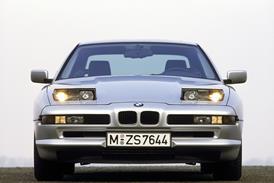






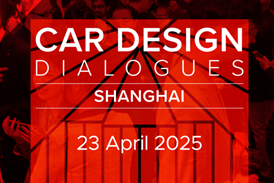

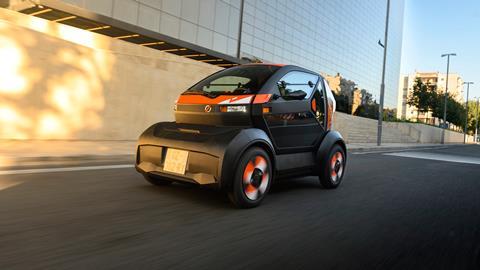

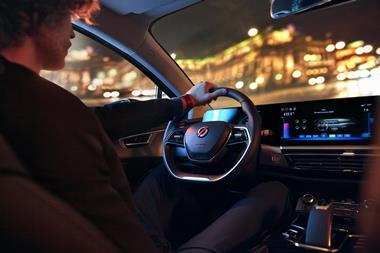
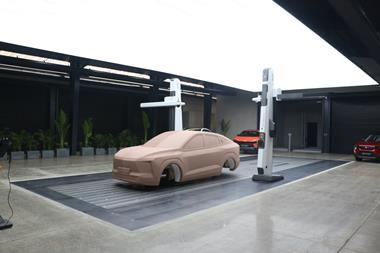





No comments yet